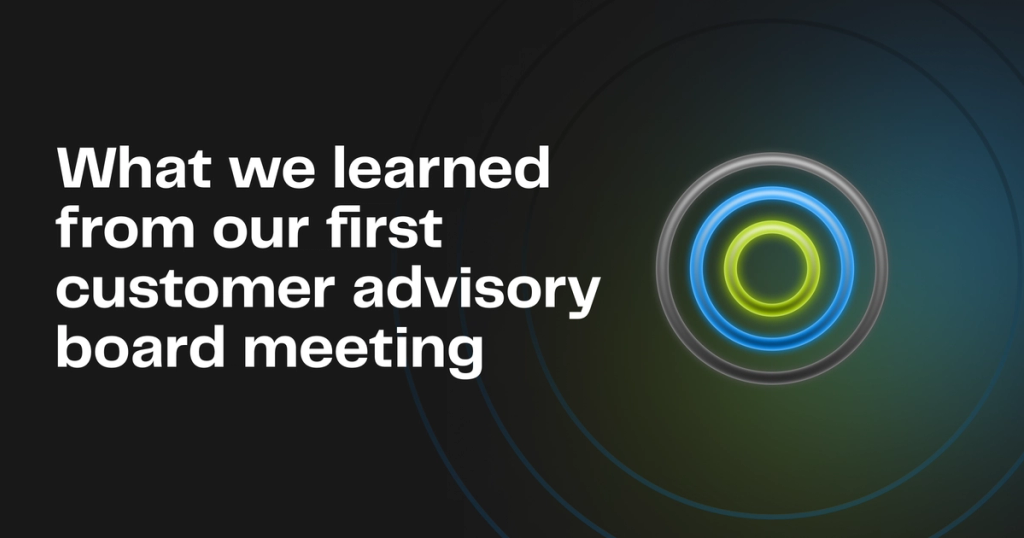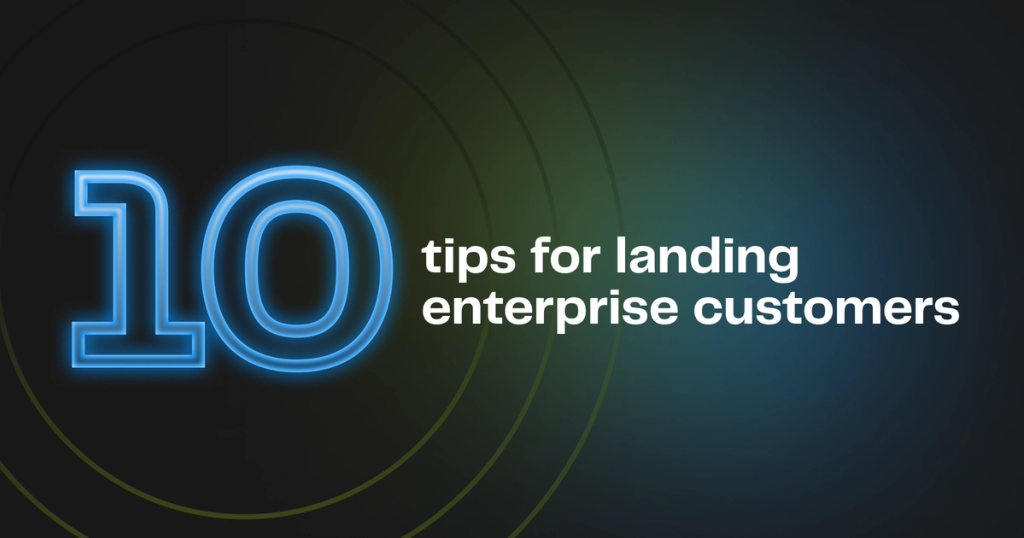Blog
Supporting mental health in a hybrid workplace

By
Kimberley Brooks
Published Jan 28, 2021

Summary - Navigate mental health challenges with Knak's approach. Our 2020 experience led to supportive changes - flexible hours, virtual activities, and monthly syncs.
2020 was a year unlike anything we’ve seen before, introducing many new sets of challenges into our personal and work lives. Mental health is one area that’s been a challenge for many people, especially since the pandemic has impacted our ability to access usual support systems.
Mental health is something we take very seriously at Knak. We want to support our employees as much as we can during this time, so we’ve made some changes to our normal procedures. We’ve been allowing the team to switch up their hours to care for kids at home and help with homeschooling or work from home if they’re not comfortable coming into the office.
We’ve also started hosting monthly team syncs and virtual activities to keep spirits up. Sometimes a virtual coffee hang-out can go a long way towards building connections and minimizing stress!
We want to go further though, so I wanted to share some of the ways we’re working to improve mental health awareness and support among Team Knak. Hopefully it can help you be there for your team when they need you so everyone emerges stronger in the end.
1. Understand the Situation
Situations like the one we’re in can lead to some significant challenges, and it’s common for people to feel isolated, distracted, and anxious.
Home life has changed because kids are always home, and we’re unable to connect with family and friends as usual.
Working from home can make it difficult to collaborate, which means employees feel disconnected from the team. Plus, one of the biggest difficulties of working remotely is that the line between work and personal time can get blurred, making it hard to separate your work life from your home life.
When you understand what your team is facing – and really, it’s not just your team. Each of us is experiencing some version of this – you can be better prepared to offer a solution.
2. Listen to Your Team
I am not a trained counselor, but as the HR person at Knak, I can listen to the concerns of our team. I want to make it clear that as an organization, we are here to help and we want to know how they’re feeling.
I ask:
- How are you coping with everything?
- What challenges are you facing, and how difficult do they seem?
- How are you managing the changes in your life?
- Do you have the right tools to manage stress and anxiety?
- Do you have what you need to be comfortable and successful while working from home?
These questions, or others like them, go a long way towards helping you gauge how your team is doing, but I’d encourage you to ask them one on one (rather than in a group) and really listen to the answers. If you know what your team is feeling, you’ll know how to help.
3. Promote Self-Care
These are some best practices that we’ve found can bring a sense of stability in the midst of stress.
- Establish a routine that works for you and your family.
- Schedule virtual coffee meet-ups with colleagues, friends, and family.
- Get dressed – try not to lounge in PJs all day.
- Take breaks! It’s easy to lose track of time when you’re at home.
- Create a music playlist to boost your mood.
- Make your home an inviting, welcoming environment.
- Stretch and exercise daily. Even a 15 minute walk helps!
- Unplug from technology.
Incorporating even a few of these into your daily routine can make a big difference in mood and productivity. If you lead a team, you can work together to build your own list of ideas.
4. Notice Signs of Burnout
Prolonged stress often leads to burnout. Here are some key indicators that it’s time to take a break:
- Feeling overwhelmed or confused
- Inability to concentrate
- Feeling anxious
- Lack of appetite
- Change in sleep habits
- Lack of energy/listlessness
- Feeling irritable or cynical
- Lacking satisfaction
If you notice these signs, encourage your team to unplug for a bit. Get some exercise or fresh air, and give yourself some space from your work.
5. Make Help Available
As I stated earlier, mental health is a critical issue, and it’s more important than ever right now. If you believe your team would benefit from additional support or professional help, make sure they know where to turn.
This information should be readily available:
- How to reach out to HR if needed
- How to get in touch with a direct manager
- What sort of mental health coverage is offered through your company’s insurance
I also suggest that you make it easy for employees to find the website and phone numbers of local mental health counseling/crisis organizations. Ottawa has two excellent organizations: the Distress Centre of Ottawa and the Mental Health Crisis Line. This information is shared with our employees, and we encourage them to reach out as needed.
6. Know That This Is Temporary
Someday – hopefully very soon – this too shall pass. We’re all looking forward to that day, but the reality is that mental health will always be a critical need, and you will always need to promote a healthy work environment for your team.
If you invest the time right now into caring for your staff, you’ll set yourself up for success down the road. Ask questions and take the time to listen to the answers, and you’ll establish a level of trust that keeps communication open.







